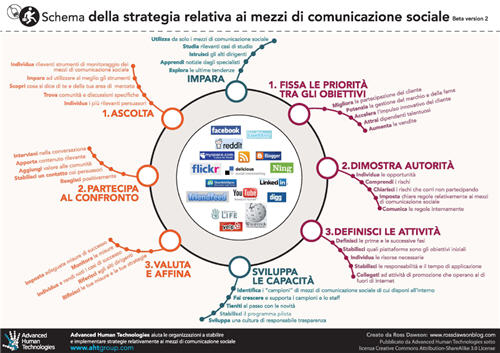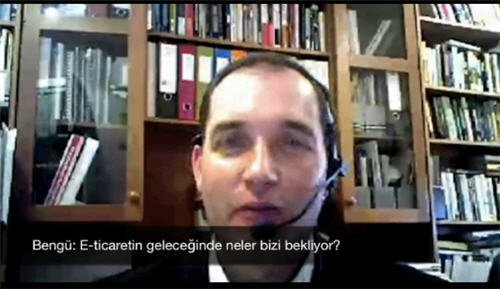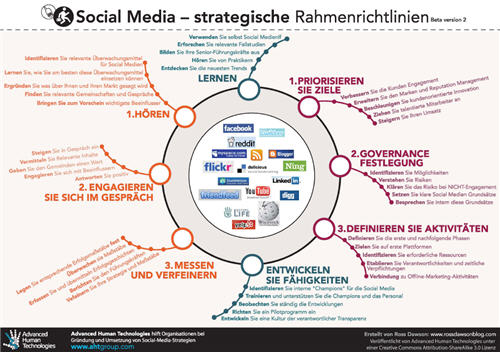Futurist proved correct! …and today describes the extraordinary social technologies of 2016 (release)
This morning Future Exploration Network issued this press release (excuse the hyperbole :-) ) I have already done several radio interviews on the forecasts in the release with quite a few more radio, newspaper and TV interviews lined up for the next days – the ideas seem to have struck a chord.
Futurist proved correct! …and today describes the extraordinary social technologies of 2016
Seven years ago, in his prescient book Living Networks, global leading futurist Ross Dawson accurately described the networked world of today, anticipating social networks, Twitter, corporate blogging, crowd-sourcing, personalised advertising, virtual personal assistants and much else that is now familiar to us.
Today, he offers insights into the extraordinary world of technology we will experience seven years into the future.
Ross’s forecasts for 2016 include:
• Many people will wear video glasses as they commute and walk around, experiencing new forms of television, news updates, and detailed information about the world around them and people they meet.



